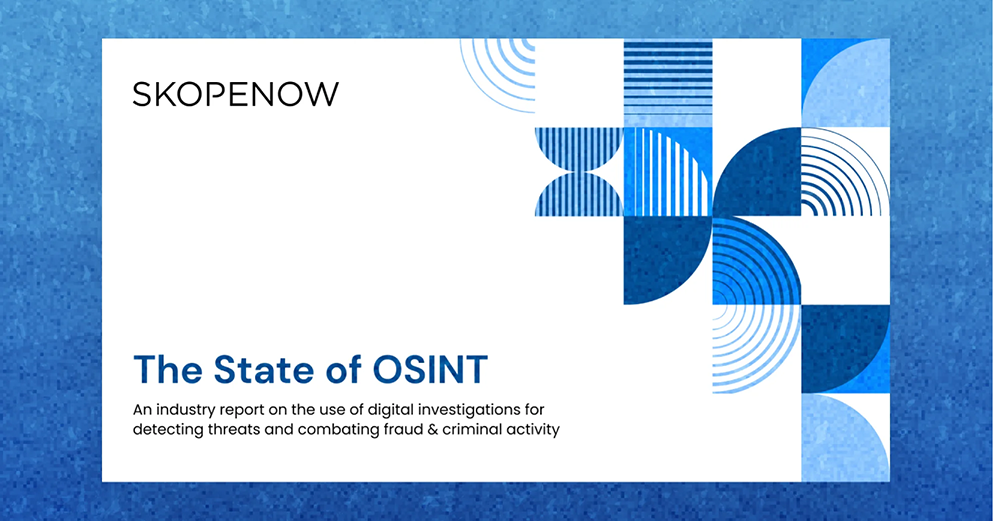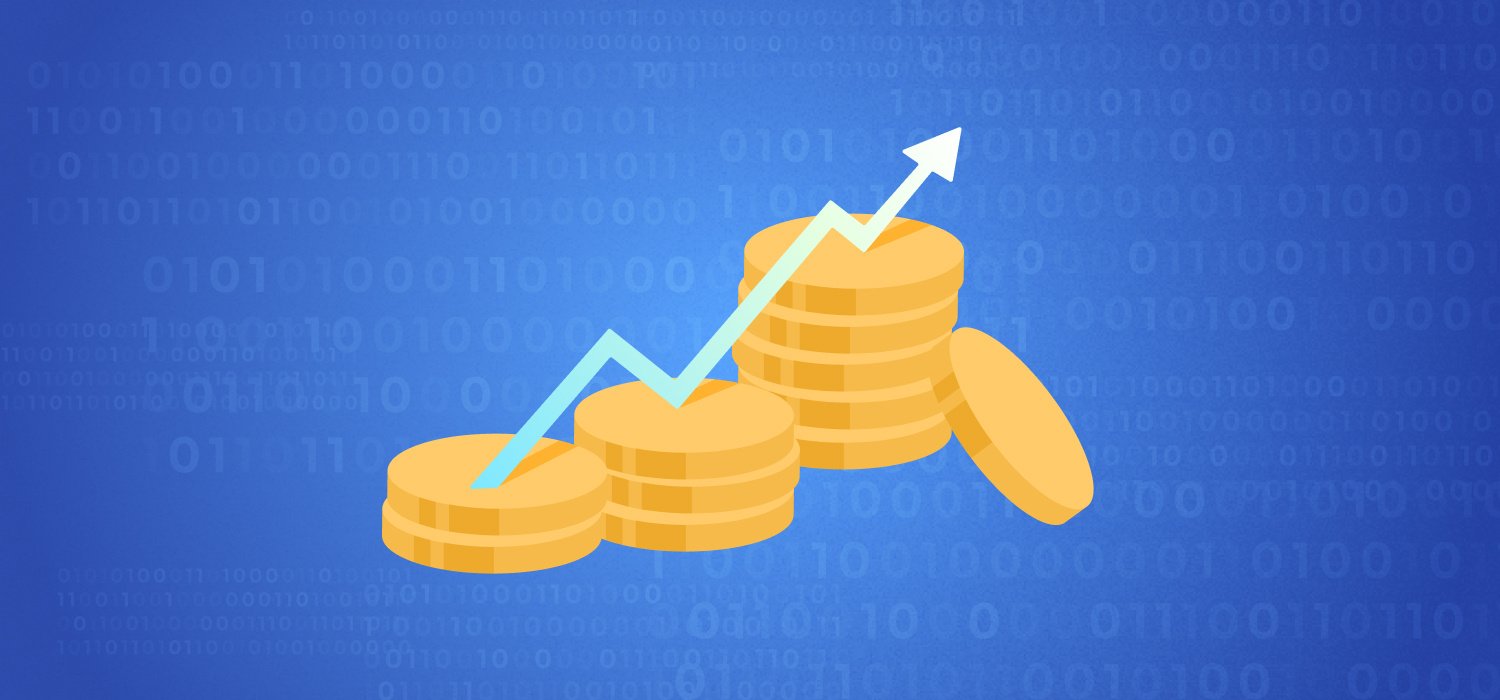April 22, 2025
Driving Cost Savings & Efficiency Through OSINT Platform Evaluations
LC Cook
Vice President of Public Sector
As budget constraints tighten across federal agencies, the U.S. government is re-examining long-standing contracts and technology partnerships. Cost efficiency has emerged as a central pillar of strategic planning not only in procurement decisions, but also in the broader mission to modernize intelligence and security operations.
Today, significant cost savings come from reevaluating the platforms agencies use, and whether a different vendor could offer better performance for the price. Agencies are expected to carefully weigh the cost-benefit equation. This includes assessing whether a historically sufficient platform is still the best option, especially when more nimble, modern, and cost-effective alternatives are now available.
The Modern OSINT Landscape: Expanding Capabilities at Lower Cost
The OSINT market has matured significantly over the last five years. There are now platforms that offer greater automation, broader data access, and more intuitive interfaces at lower prices than ever before. More importantly, these platforms are built to scale across mission areas including fraud investigations, situational awareness, threat assessments, insider risk detection, and more. This versatility allows agencies to consolidate tools, eliminate redundancy, and unlock measurable cost savings.
Tool Consolidation: A Hidden Cost-Saver
One of the most overlooked opportunities in OSINT cost optimization is tool consolidation.
Many government teams rely on a patchwork of tools for:
- Social media analysis
- Dark web research
- Breach data scanning
- Entity resolution
- Threat intelligence
Each comes with separate licensing fees, training costs, and integration burdens. This fragmented approach inflates budgets, slows workflows, complicates compliance, and increases risk.
Modern OSINT platforms are designed to centralize these capabilities within a single, unified environment. The result?
- Fewer vendors
- Lower total cost of ownership
- Faster onboarding and smarter workflows
For example, a consolidated platform might support:
- Fraud investigations
- Threat and situational awareness
- Insider risk detection
- Public safety operations
- Enhancing operational safety
- Entity-centric reporting and link analysis
Each one normally requires a separate product. Now, they can be handled in one place—with one interface, one invoice, and one security framework.
What to Look For When Evaluating Vendors
As agencies revisit, rebid, or renegotiate contracts, here are some key evaluation criteria to prioritize:
- Total Cost of Ownership: Beyond licensing, what are the costs for training, implementation, data usage, and support?
- Automation and Efficiency: How much analyst time is saved through intuitive workflows and built-in automation?
- Data Coverage: Does the platform cover critical data sources like social media, forums, breach data, real-time data streams, public records, etc.?
- Usability: Is the interface intuitive? Complex tools can carry hidden costs in training and adoption.
- Platform Versatility: Can one solution replace several? Look for platforms that scale across teams and missions.
Do More With Less
In an era where every dollar counts, agencies shouldn’t be shackled to legacy tools out of habit or inertia.
Evaluating the OSINT landscape opens the door to platforms that not only reduce spend, but also enhance mission capabilities. Agencies that embrace tool consolidation through modern OSINT platforms can streamline operations, simplify procurement, and strengthen outcomes.
With the right approach to OSINT platforms, agencies can spend less and achieve more.
Join over 1,500 organizations—including 50+ U.S. government agencies—that rely on Skopenow to collect and analyze publicly available information at scale. Learn more and schedule a personalized demo today at www.skopenow.com/try.


